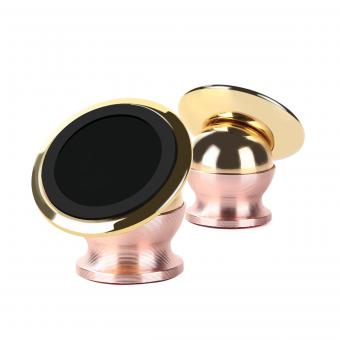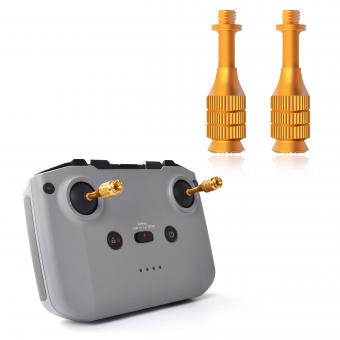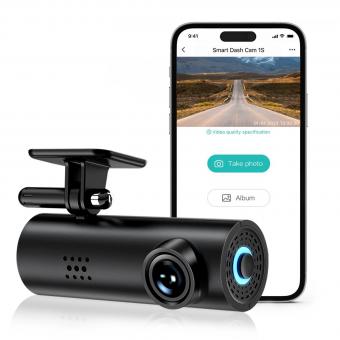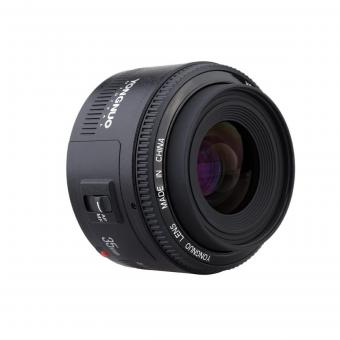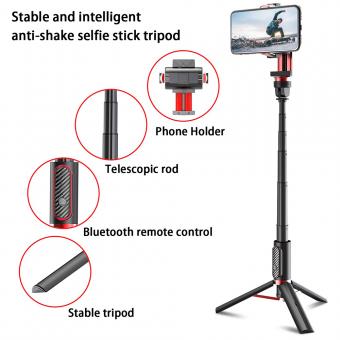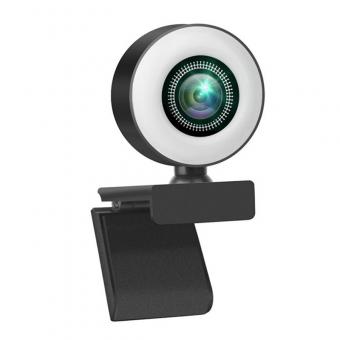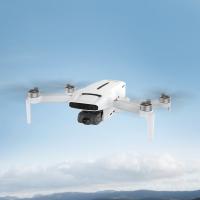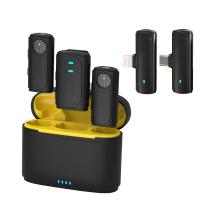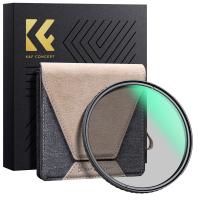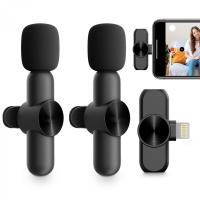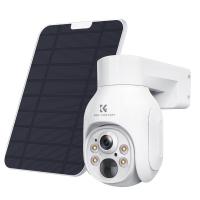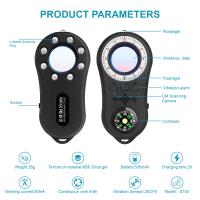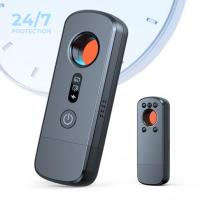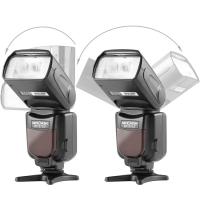Do Smart Watches Work Without A Phone ?
Smartwatches have become an integral part of our daily lives, offering a range of functionalities that extend beyond just telling time. One of the most common questions potential buyers have is whether smartwatches can function without being tethered to a smartphone. The answer to this question is multifaceted and depends on the specific smartwatch model and the features you are looking to use. In this article, we will explore the various capabilities of smartwatches when they are not connected to a phone, the limitations you might encounter, and the types of smartwatches that offer the most independence.
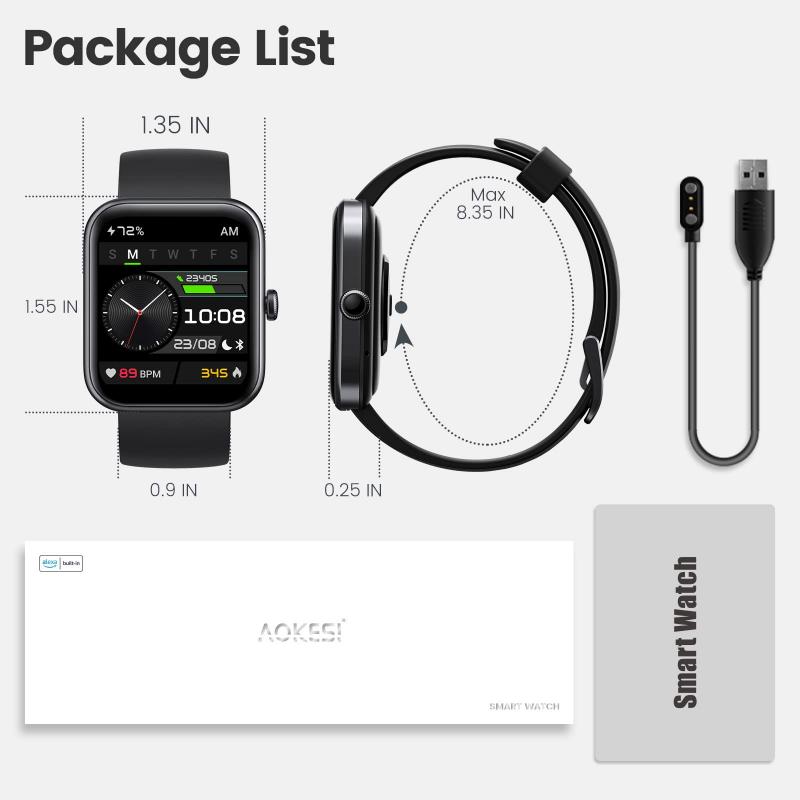
Standalone Smartwatches vs. Companion Smartwatches
First, it is essential to distinguish between standalone smartwatches and companion smartwatches. Standalone smartwatches come with their own SIM card slot or eSIM capability, allowing them to connect to cellular networks independently. Companion smartwatches, on the other hand, rely heavily on a paired smartphone for most of their functionalities.
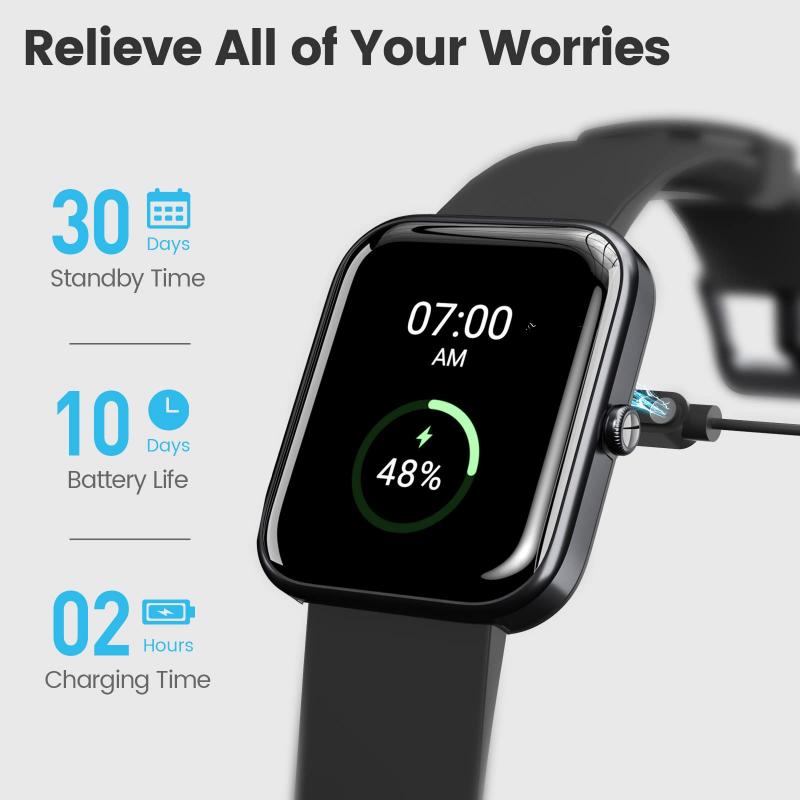
Standalone Smartwatches
Standalone smartwatches are designed to function independently of a smartphone. These devices come equipped with their own cellular connectivity, allowing you to make calls, send texts, and use data-driven apps without needing a phone nearby. Some popular examples include the Apple Watch Series with cellular capabilities, Samsung Galaxy Watch LTE models, and certain models from brands like Huawei and Garmin.
Advantages:
1. Independence: You can leave your phone at home and still stay connected.
2. Fitness Tracking: Most standalone smartwatches come with built-in GPS, heart rate monitors, and other sensors that allow for comprehensive fitness tracking.
3. Emergency Features: Many standalone smartwatches offer emergency SOS features that can call for help even if your phone is not around.
Limitations:
1. Battery Life: Cellular connectivity can drain the battery faster.
2. Cost: Standalone smartwatches are generally more expensive, and you may need to pay for an additional cellular plan.
3. App Limitations: While many apps are available, the selection may not be as extensive as what you can access on a smartphone.
Companion Smartwatches

Companion smartwatches are designed to work in tandem with a smartphone. They rely on the phone for internet connectivity, GPS, and other functionalities. Examples include the Fitbit Versa series, Garmin Forerunner models, and non-cellular versions of the Apple Watch and Samsung Galaxy Watch.
Advantages:
1. Battery Life: These watches generally have better battery life since they do not have to maintain a cellular connection.
2. Cost: They are usually less expensive than their standalone counterparts.
3. App Ecosystem: They can leverage the smartphone's app ecosystem for a broader range of functionalities.
Limitations:
1. Dependence on Phone: Many features, such as notifications, GPS, and internet-based apps, require a connection to a smartphone.
2. Limited Emergency Features: Without cellular connectivity, emergency features are often limited or non-existent.
Key Features That Work Without a Phone
Regardless of whether you have a standalone or companion smartwatch, several features can work without a phone. Here are some of the most common:
Fitness Tracking
Most smartwatches come with built-in sensors that allow for fitness tracking. These include heart rate monitors, accelerometers, and sometimes even altimeters. You can track your steps, monitor your heart rate, and even record workouts without needing a phone. Some advanced models also offer sleep tracking and stress monitoring.
Music Playback
Many smartwatches allow you to store music directly on the device. You can pair Bluetooth headphones with your smartwatch and listen to your favorite tunes without needing your phone. This feature is particularly useful for runners and gym-goers who prefer to leave their phones behind.
GPS
Some smartwatches come with built-in GPS, allowing you to track your location and record routes for activities like running, cycling, and hiking. This feature is especially useful for outdoor enthusiasts who want to map their activities without carrying a phone.
Contactless Payments
Many modern smartwatches come with NFC (Near Field Communication) capabilities, allowing you to make contactless payments. Services like Apple Pay, Google Pay, and Samsung Pay can be used directly from the smartwatch, making it convenient to make purchases without needing your phone or wallet.
Alarms and Timers
Basic functionalities like setting alarms and timers can be done directly on the smartwatch. These features do not require any connection to a smartphone and can be very handy for daily tasks.
Limitations When Not Connected to a Phone
While smartwatches offer a range of functionalities that can work without a phone, there are some limitations to be aware of:
Notifications
One of the primary reasons people buy smartwatches is to receive notifications on their wrist. However, if your smartwatch is not connected to a phone, you will not receive notifications for calls, texts, emails, or app alerts. Standalone smartwatches with cellular connectivity can mitigate this issue to some extent, but companion smartwatches will be limited.
Internet-Based Apps
Apps that require an internet connection, such as weather updates, news apps, and social media, will not function without a phone unless you have a standalone smartwatch with cellular capabilities.
Limited App Ecosystem
While many smartwatches offer a range of apps, the selection is often limited compared to what is available on smartphones. This limitation is more pronounced in companion smartwatches that rely on a phone for app functionality.
Choosing the Right Smartwatch for Your Needs
When deciding whether to buy a standalone or companion smartwatch, consider your specific needs and how you plan to use the device. If you are looking for a smartwatch that can function independently and keep you connected even when you leave your phone behind, a standalone smartwatch with cellular capabilities is the way to go. However, if you primarily want a device for fitness tracking, music playback, and basic functionalities, a companion smartwatch may be sufficient and more cost-effective.
Smartwatches have evolved significantly, offering a range of functionalities that can work without a phone. Whether you opt for a standalone or companion smartwatch, understanding the capabilities and limitations of each type will help you make an informed decision. By considering your specific needs and how you plan to use the device, you can choose a smartwatch that best fits your lifestyle and keeps you connected, healthy, and entertained.


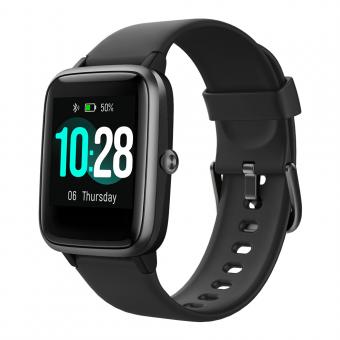
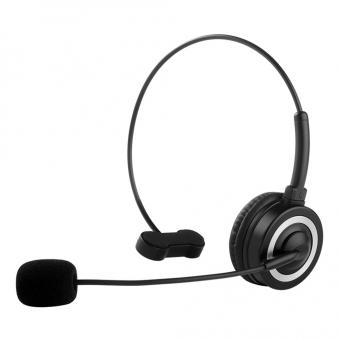
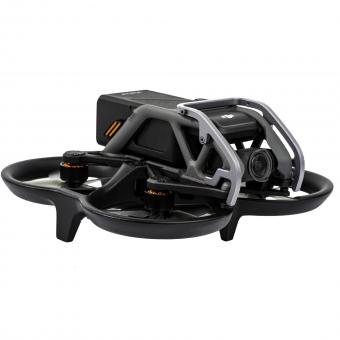


![K&F Concept Selfie Ring Light with Cell Phone Holder for Live Stream and Makeup, LED Light [3-Light Mode] [10-Level Brightness] with Remote Control and Flexible Hose Bracket for iPhone Android【Ship to the US Only】 K&F Concept Selfie Ring Light with Cell Phone Holder for Live Stream and Makeup, LED Light [3-Light Mode] [10-Level Brightness] with Remote Control and Flexible Hose Bracket for iPhone Android【Ship to the US Only】](https://img.kentfaith.com/cache/catalog/products/us/KF34.001/KF34.001-1-340x340.jpg)
